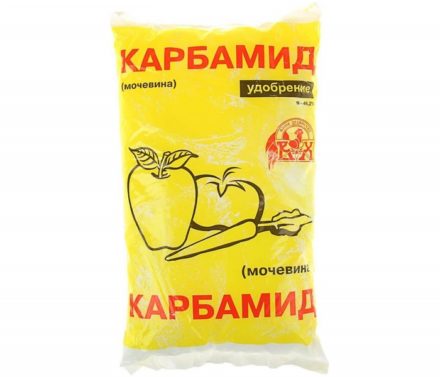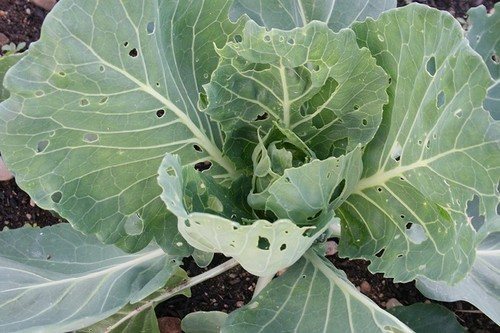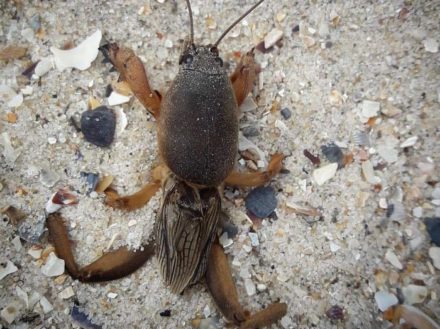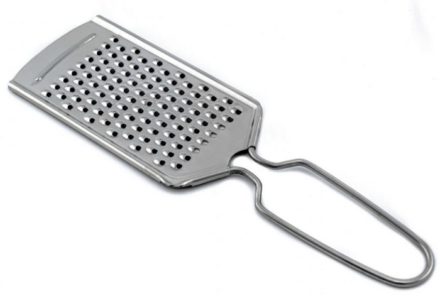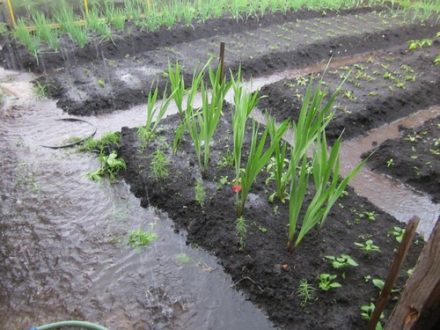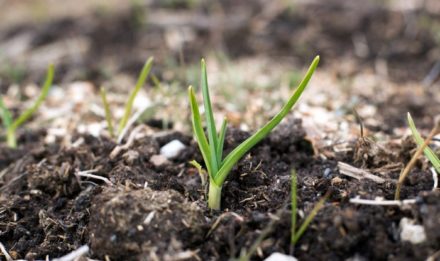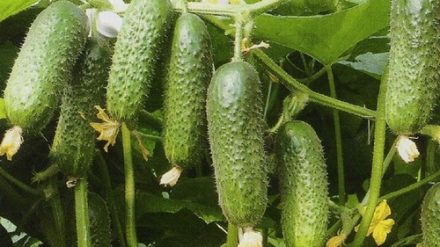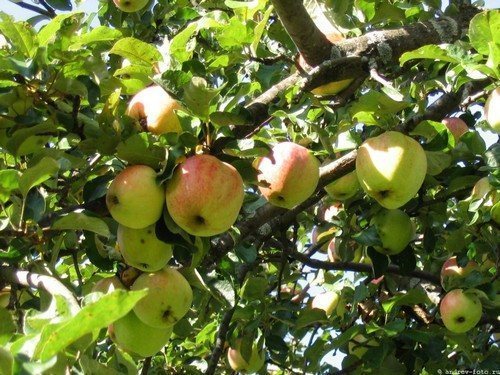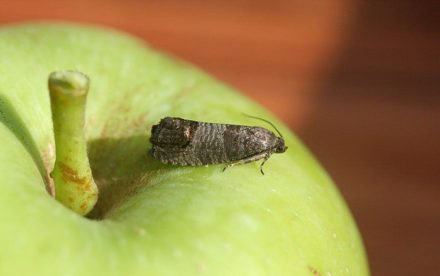The cruciferous flea beetle poses a threat to cabbage, radishes, horseradish, turnips and other vegetable crops. One or several types of pests can settle in the garden. Cruciferous flea beetles chew out leaf tissue. In advanced cases, this leads to the death of the plant. You need to start the fight at the very beginning of the season, then you will be able to do without the use of chemicals.
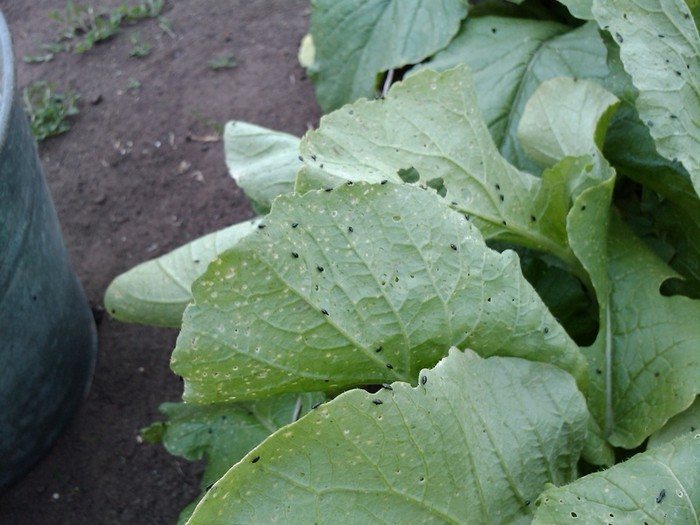
Wood ash
Mass reproduction of the cruciferous flea beetle begins after the air temperature rises to +15 °C. The pest overwinters on plant debris or in the top layer of soil, and with the arrival of warm weather it emerges to the surface. Adult beetles eat young leaves of cruciferous crops, while the larvae feed on newly growing roots.
Wood ash is used to dust newly planted seedlings or young shoots. You can add to the ash powder:
- tobacco dust;
- fluff lime;
- naphthalene.
The components are taken in equal parts and mixed. Then the mixture is placed in a gauze bag. Perform the treatment on a clear, windless day. The weather forecast should not predict rain for the near future. Dusting is repeated every 5 days. A total of 3 treatments will be required. The insects will not like the coating that gets on their legs, and the vegetables will remain untouched.
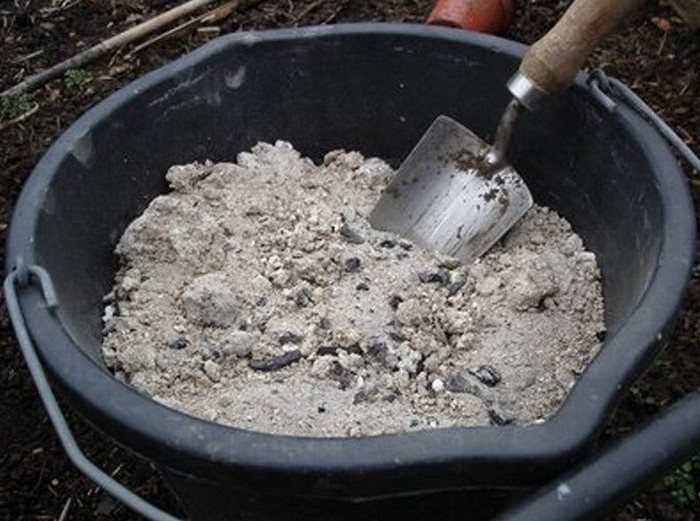
Tops of tomatoes (potatoes)
Tomato tops are known for their insecticidal properties. Solanine contained in plant tissues is harmful to insects.Since at the beginning of the summer season there are no fresh raw materials yet, you can use dry tomato stems and leaves left over from last year.
Plant raw materials in an amount of 2 kg are placed in a bucket and filled to the top with cold water. After 4–5 hours, the infusion should be boiled for half an hour, reducing the heat to low. After the composition has cooled, it is filtered.
The result is a concentrated decoction. Before use, it is diluted with water in a 1:1 ratio. To increase efficiency, add 40 g of grated laundry soap to the composition. Cruciferous crops are treated with the resulting composition three times with an interval of 3–4 days. You can replace tomato tops with potato tops.
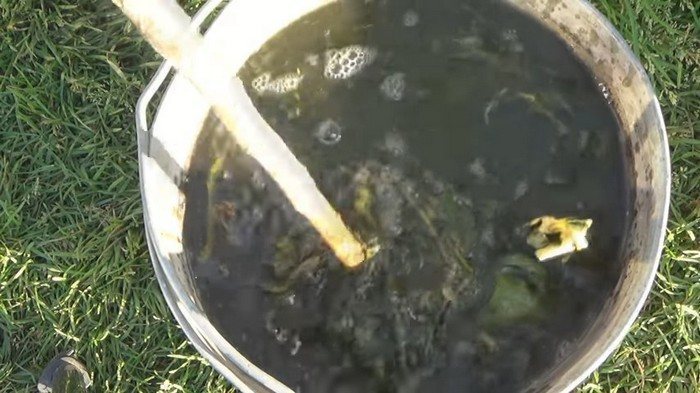
Wormwood and garlic
Wormwood is considered a repellent plant. The grass is often used to control garden pests in one form or another. You can enhance its effect by adding garlic. First you need to grind 1 kg of fresh wormwood.
The raw materials are poured with 2 liters of boiling water and kept on low heat for 15 minutes. Then the broth is cooled and 100 g of garlic, grated on a fine grater or chopped in a blender, is added to it. The composition is mixed and filtered. The resulting volume is brought to 10 l, diluting with clean water.
Spray the plantings in the morning or evening in dry weather. After 3-4 days, the treatment is repeated. If the fleas have not disappeared, after a few days you can spray the planted seedlings again. Each time it is necessary to prepare a fresh decoction.
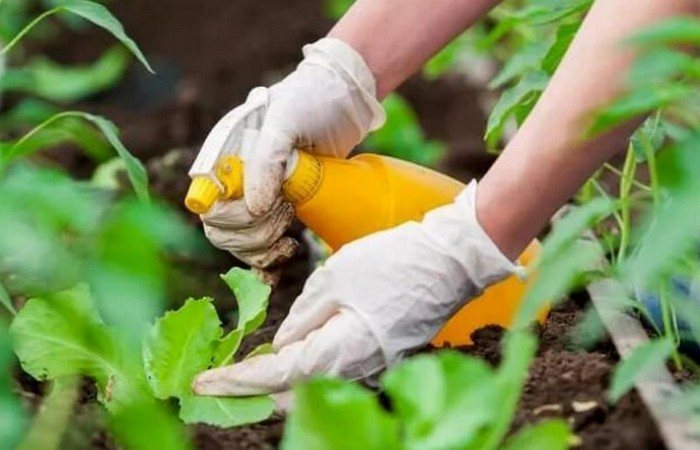
Automotive oil
It has long been noted that cruciferous flea beetles like the smell of car oil. The waste liquid can be used as bait by soaking pieces of rags in it.Traps are laid out on cardboard sheets between rows at a distance of 4 m from each other.
After 2-3 days, the rags need to be turned over with the back side up. This method helps to collect a large number of pests. As necessary, baits are replaced with new ones. The method is completely safe for soil and plants.
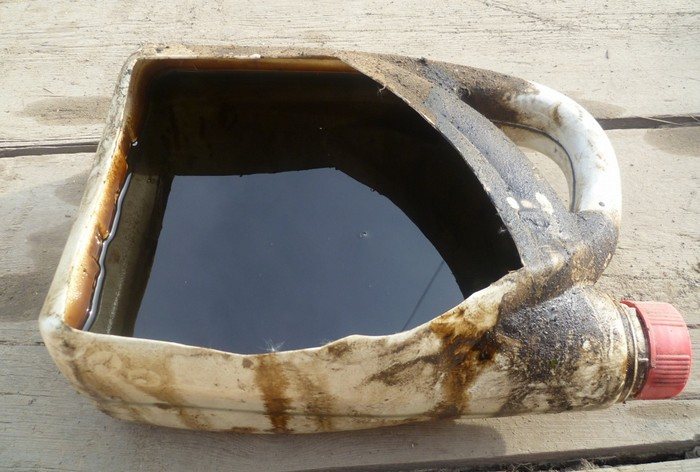
Immediately after planting the seedlings, the beds with radishes or cabbage can be covered with agrofibre, throwing it over the arches. This method will protect the plants not only from the cruciferous flea beetle, but also from possible frosts. The pest is especially active at the beginning of the season. It is at this stage that every effort must be made to get rid of the bugs.


